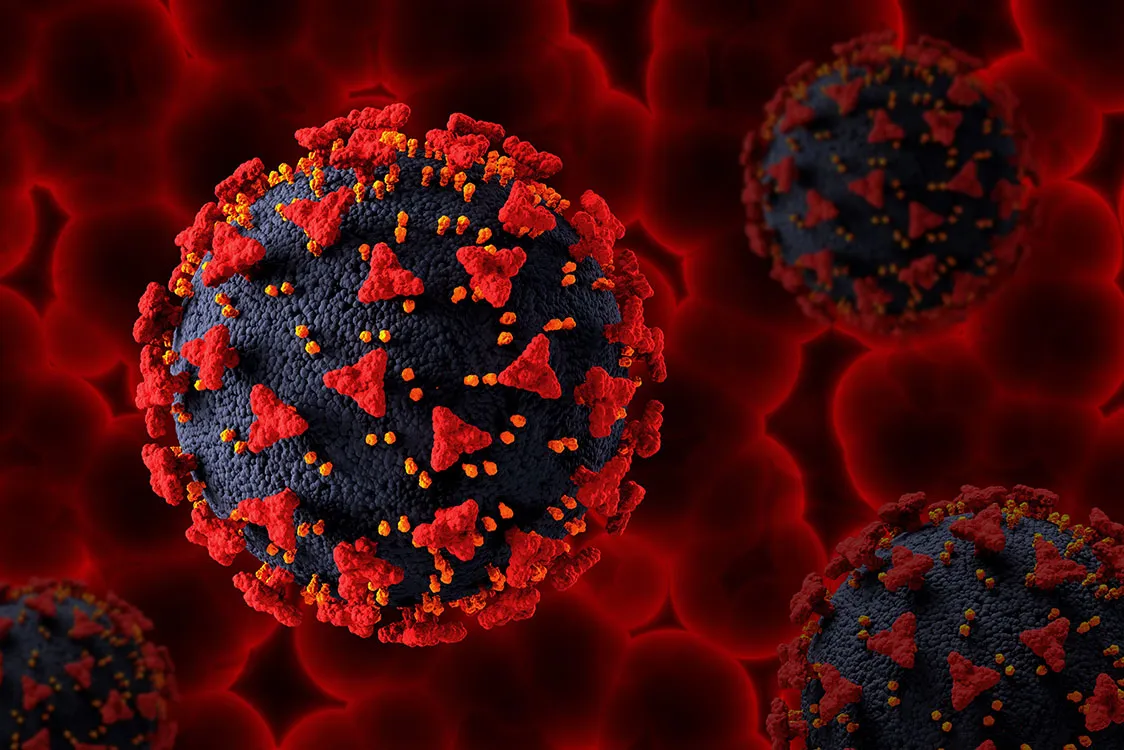Incorporating OPD into health insurance would ensure solid financial protection for healthcare, assist patients in avoiding exorbitant outpatient costs, improve health infrastructure and health awareness, and optimize spending. Including OPD in insurance significantly impacts preventive healthcare, helps raise a nation’s health index overall and helps develop the primary healthcare system.
Are you aware that 60% to 80% of spends Indians make, goes toward prescription drugs, medical expenses, and routine care rather than hospitalization? Think about how frequently you or your loved ones visit the hospital each year. An average Indian usually doesn’t have to go to the hospital.
On the other hand, the average Indian family spends much more on medications each year. India’s out-of-pocket expenses are among the highest and most demanding, directly contributing to the high frequency of catastrophic costs. Some people may even have monthly medical expenses paid out of pocket. Kerala’s medical expenditure is 30% higher than that of states like Maharashtra and Gujarat, where hospitalization costs are higher than in states like Kerala.
Won’t it be great, if your insurance covers your out-of-pocket medical expenses? OPD will soon become a standard component of health insurance plans in India. By ensuring solid financial protection for healthcare and assisting patients in avoiding excessive outpatient costs, OPD in health insurance would improve infrastructure for healthcare delivery, raise public awareness of health issues and optimize spending.
A country’s overall health quotient can be improved, the infrastructure for primary healthcare can be built, and preventive health is significantly impacted by the inclusion of OPD in insurance. Corporates and employees frequently become early adopters of new products or technologies. Cashless OPD would simplify access to primary healthcare and offer financial advantages to both employers and employees.
While overall inflation is currently at 6-7%, the inflation rate for medical costs is currently at 15%. This indicates that while our income is expected to grow at a slower rate, the cost of healthcare is expected to rise. As a result, OPD coverage in our health insurance plan is urgent since that is where our most significant and expensive expenses are. The only other option is for the government to step in and control the rising cost of healthcare.
What does OPD cover exactly?
OPD cover or outpatient department coverage refers to the cost of things like medical consultation fees, prescription costs, dental work, physicals, and diagnostic tests. Although these costs appear small compared to hospitalization, they add up to enormous sums over time. OPD health insurance guarantees additional financial protection, but there may be sub-limits on the amount insured for expenses. You are protected by OPD insurance from costs that might seem small, but might be expensive.
Numerous chronic illnesses result from the sedentary lifestyle we lead today and have a significant financial impact. Daily medical expenses are covered with minimal financial burden thanks to an OPD insurance plan. OPD coverage must become the norm due to the absence of organized medical records. It enables policyholders to receive the best outpatient care without encountering difficulties due to operational shortcomings.
What are the advantages of cashless outpatient discharge provisions?
Many businesses offer their employees comprehensive OPD coverage plans that include insurance for doctor consultations, laboratory tests, hospitalization costs, health checkups, and medications, among other things, to reduce out-of-pocket medical costs. Employees can benefit from lower out-of-pocket costs thanks to OPD schemes’ extensive coverage, which is not covered by most insurance and Mediclaim policies.
Rich tax advantages
Companies can assist employees in claiming tax benefits by providing insurance coverage for cashless OPD. Compared to other health insurance policies, plans with OPD coverage are eligible for exemption under section 80D on the entire amount of the paid premium. As a result, employees who spend a lot of money on prescription medications or chronic patients can reduce their healthcare costs with OPD coverage.
The benefit of multiple claims
Due to the recent increase in health inflation, many people are delaying their visits to OPD centers. While the policy is in effect, employees with cashless OPD coverage and their family members are eligible for multiple claims for each trip to the doctor, diagnostic facility, or pharmacy. Cashless OPD policies cover a wide range of transactions due to their inclusive coverage, which reduces the financial burden and medical inflation.
Management of chronic diseases is made more accessible.
Numerous Indians struggle with long-term health issues like diabetes, hypertension, cholesterol, asthma, and heart issues. Because of the expense of checkups, medications, and routine tests, managing chronic diseases frequently raises the cost of living. 40% of all health claims are processed as reimbursements, which takes time and money, according to IRDAI[4]. Employees can access specialist doctors, diagnostic labs, pharmacies, and cashless hospitalization with cashless OPDcover, easing their financial burden and streamlining the management of chronic diseases.
Possibility of protecting savings
Medical inflation is unquestionably increasing in India. The result is that employees have to pay out of pocket and wait for reimbursements. The COVID-19 pandemic made us aware of many employees’ severe financial burdens due to a lack of insurance. Many families lost their entire life savings and took out expensive loans to deal with the growing health challenges. Employees can maximize their use of health benefits and protect their savings by using cashless OPD.
Following COVID-19, corporate India is now more conscious of the importance of health insurance. The focus has shifted to regular health examinations, pharmacy benefits, and other initiatives to ensure that employees stay in good health.
Fewer than 10% to 12% of Indians have private health insurance. OPD expenses comprise 62% of annual healthcare costs, but regular policies only cover hospitalization. Top-up OPD policies provide some relief but are insufficient to pay for daily out-of-pocket medical costs. Costs for OPD visits are anticipated to increase further as long as the Covid threat looms over us.
Due to the pandemic’s growing unpredictability, employers know that health insurance covers more than just hospitalization costs. OPD services are now taking center stage from being a minor concern.
OPD services have begun to gain more attention compared to in-patient costs due to the need for primary healthcare coverage and a system that can provide health coverage from the start, even before hospitalization.
The growing popularity of digital platforms is also being fueled by cashless OPD. Users can easily find network providers on a single app or website, schedule appointments for OPD, health tests, scans, etc., and view prescriptions and reports. The longitudinal data points of users over a more extended period provided by having all records in one location provide better insights into the users’ health profiles. This opens up the advantages of managed care, which has been shown to lower users’ overall out-of-pocket costs over time.




